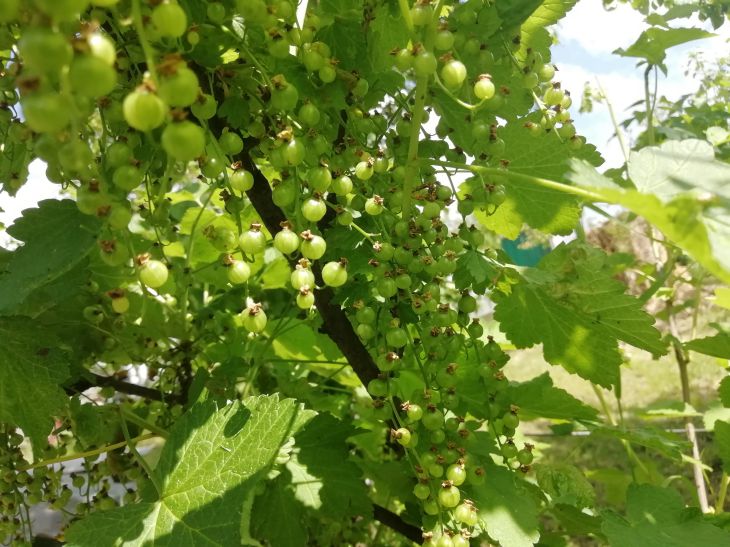If you don’t take care of the currants, you can only count on a good harvest during the first 5 years, then the quantity and quality of the berries will decline.
At the same time, you can easily increase the period of abundant fruiting by 3-5 times. To do this, it is enough to trim the bushes correctly and on time.
Spring pruning of currants has many advantages. Perhaps the most important of them is that the risk of frostbite of the cut areas is reduced.
In addition, in the spring it is easy to identify shoots that will no longer produce berries.
There are other advantages to spring pruning. For example, since the plant will redistribute nutrition so that most of the nutrients will be delivered directly to the strong shoots, there will be more berries and they will be large.

You will also reduce the likelihood of pests and diseases by removing branches that are infested with pests and fungi.
Finally, partial pruning stimulates the development of new shoots that will begin to bear fruit next year.
However, there are also negative aspects to this event.
Thus, professional gardeners call spring pruning not the main one, but additional, so you should not refuse to carry out autumn pruning - the procedure carried out in the spring will only partially improve the situation.
Another important fact: incorrectly performed pruning is fraught with a significant shift in the ripening time of the fruits.
But, as you may have noticed, there are still fewer advantages to spring pruning of currants than disadvantages, so you shouldn’t ignore it.








